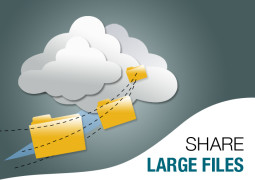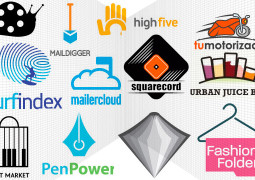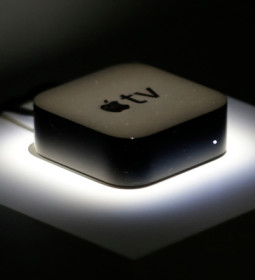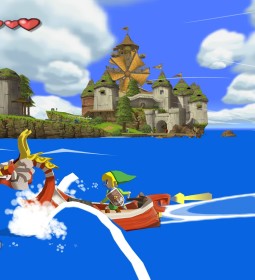4 New Wearable Tech Products For 2017

From smartwatches to wellness trackers, the real players in the market have graced us with new discharges as of late. The wearables business is continually observing new items added to the market. These new wearable tech products have given a great boost to the wearable business. The business had some uncertainty with respect to its reasonability. This hasn’t, be that as it may, prevented makers from enhancing and making a scope of new items. From smartwatches to wellness trackers, the significant players in the market have graced us with new discharges lately. We even had a couple of startling updates as VR headsets and other wearable innovation. Here is a list of four new wearable tech products of 2017. Check them out:
1. New Samsung Gear VR with controller
 Samsung and Oculus’ new controller will dispatch on April 21st when it’ll be packaged with the Gear VR for an aggregate of $129. (On the off chance that you as of now have a Gear VR, you can get it independently for $39.) Oculus says that 20 titles will bolster the controller at dispatch, including zombie shooter, Drop Dead and baffle amusement Rangi, with 50 all the more coming in the following couple of months.
Samsung and Oculus’ new controller will dispatch on April 21st when it’ll be packaged with the Gear VR for an aggregate of $129. (On the off chance that you as of now have a Gear VR, you can get it independently for $39.) Oculus says that 20 titles will bolster the controller at dispatch, including zombie shooter, Drop Dead and baffle amusement Rangi, with 50 all the more coming in the following couple of months.
The controller’s plan is like that of Google’s Daydream controller: a wand with interior following sensors that let you utilize it like a laser pointer inside VR, with a trackpad toward one side and a couple menu and volume catches. The greatest utilitarian distinction is a trigger toward one side, which Google tried in Daydream controller models yet did exclude in the last equipment. Like the Oculus Rift’s Touch controllers, it likewise utilizes expendable batteries as opposed to charging through USB-C like the Daydream controller. I’ve had issues with neglecting to charge my Daydream controller, so this could end up being more advantageous over the long haul, particularly if the batteries last a while.
In case you’re not an enthusiast of the Gear VR’s inconvenient tasteful, you’re most likely going to like its controller even less. It’s made of modest feeling dark plastic and molded like a twisted serving spoon, with a major plastic catch filling in as a trackpad. The Daydream controller likewise felt modest, however, it was little and sufficiently inconspicuous to escape with it. It could likewise be cut undetectable inside the headset between utilizations, while the Gear VR controller fits on a side strap.
Without investing more energy utilizing the controller, it’s hard to tell how well a considerable measure of these recreations will work. Some appear to be fine, yet others might be over-aggressive, on the grounds that the present Gear VR controller isn’t regularly going to be in the same class as Touch. Catching the flick of an angling rod post or the flood of a wand would be well inside its abilities, however, its interior sensors estimated bigger developments with less exactness. So when Dead and Buried approaches you to go after a gun on your belt and discharge at another player, you need to clumsily tilt the controller toward your midriff and flick it up, rather than bringing down your hand and snatching the way you would on Touch. It’s a fascinating specialized investigation, yet very little fun.
2. Fitbit Alta HR
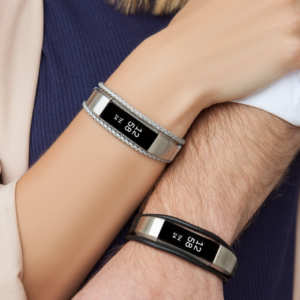 Fitbit’s heart rate following has, at last, discovered its way into a littler band. This wearable tech product comes in an indistinguishable size from the first Alta ($129.95 at Dell Home) and has the majority of similar components, in addition to heart rate. It can track steps, remove, calories consumed, dynamic minutes and rest. To take a gander at these details, simply tap the Alta HR’s case underneath the screen (the show isn’t touch-touchy, yet the Alta HR can recognize compelling taps). Tragically, it doesn’t do stair climbing or have an “Unwind” mode like the Charge 2.
Fitbit’s heart rate following has, at last, discovered its way into a littler band. This wearable tech product comes in an indistinguishable size from the first Alta ($129.95 at Dell Home) and has the majority of similar components, in addition to heart rate. It can track steps, remove, calories consumed, dynamic minutes and rest. To take a gander at these details, simply tap the Alta HR’s case underneath the screen (the show isn’t touch-touchy, yet the Alta HR can recognize compelling taps). Tragically, it doesn’t do stair climbing or have an “Unwind” mode like the Charge 2.
The tracker’s thin monochrome LED will likewise show notices for approaching calls, instant messages, and date-book alarms, and will give suggestions to move for the duration of the day. As I said with the first Alta, however, these notices can be hard to peruse because of the little show.
The Fitbit application gives a chart of throughout the day heart rate and resting heart rate. It additionally shows a customized Cardio Fitness score. This is a similar score that appeared the previous fall on the Charge 2 and is slated to land on the Blaze. It’s a gauge of general well-being that depends on your VO2 Max, a broadly acknowledged metric that is utilized to decide how well our bodies can utilize oxygen amid exercises.
The Alta HR bolsters a wide assortment of swappable groups. There are elastic ones in various hues and considerably more slick calfskin and metal alternatives. The straps from the first Alta will work with the Alta HR (and the other way around). Swappable groups likewise mean less wear and tear on the real Fitbit gadget.
3. Garmin vívosmart 3
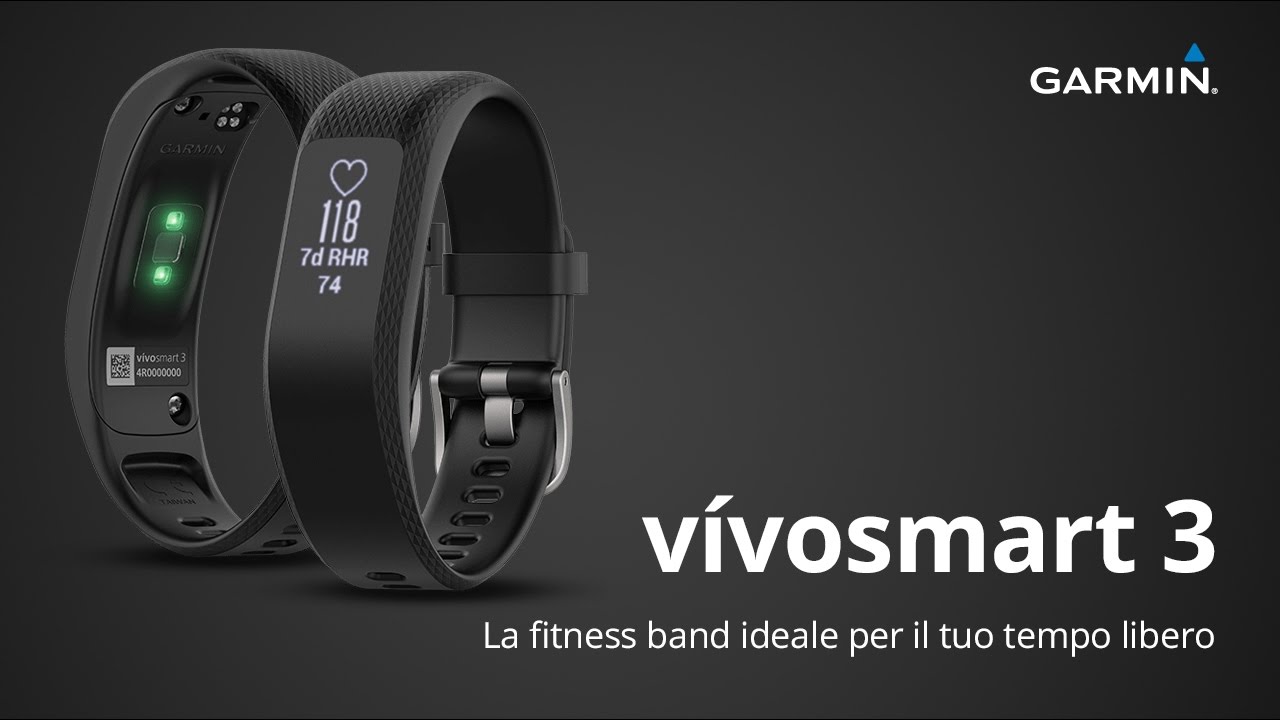 Garmin reported this wearable tech product named vívosmart 3, as the most recent mass-advertise action tracker with a ultra-thin outline and a “concealed show that is just on when you require it” (and which clearly spares battery). The gadget is waterproof (you can swim with it), and incorporates what Garmin says are “top of the line wellness checking apparatuses, for example, VO2 max, and wellness age, alongside health, observing with throughout the day stretch following. Additionally, there’s Garmin Elevate wrist heart rate innovation, savvy notices, music playback control, and a battery that conveys enough squeeze to keep things moving for up to five days.
Garmin reported this wearable tech product named vívosmart 3, as the most recent mass-advertise action tracker with a ultra-thin outline and a “concealed show that is just on when you require it” (and which clearly spares battery). The gadget is waterproof (you can swim with it), and incorporates what Garmin says are “top of the line wellness checking apparatuses, for example, VO2 max, and wellness age, alongside health, observing with throughout the day stretch following. Additionally, there’s Garmin Elevate wrist heart rate innovation, savvy notices, music playback control, and a battery that conveys enough squeeze to keep things moving for up to five days.
“Wellbeing cognizant clients are ending up noticeably more keen on the significance behind their action details,” Dan Bartel, Garmin VP of overall deals, said in an announcement. “As in, I like seeing the information, however, how can it relate to my general prosperity? With its new wellness and health observing apparatuses that reveal to you things like wellness age and stress level, the vívosmart 3 can give clients those answers, and that is a distinct advantage for the movement tracker industry.”
That VO2 max score is especially intriguing as this is the primary item in Garmin’s vívo family to incorporate it — beforehand is was accessible just in higher-end Garmin running watches. Clients will see their VO2 max score converted into a wellness level, running from poor to unrivaled. A similar score is additionally used to figure wellness age, a relatable metric that puts a client’s wellness level regarding an age.
The vívosmart 3 likewise incorporates another Strength Training movement that gives clients a chance to remain concentrated on their frame and does the rep meaning them. Moreover, the gadget can compute and measure one’s anxiety level, show it as a wedge diagram ideal on the gadget and propose a breathing activity to alleviate it.
The majority of the standard components are there also, including following strides, heart rate, floors climbed, calories, separation, and rest, alongside the choice to gauge action power through Intensity Minutes. Also, because of Garmin Move IQ exercises like strolling, running, biking, swimming, and circular preparing will be naturally perceived with no activity with respect to the wearer.
The vívosmart 3 consequently matches up with the Garmin Connect versatile application for the duration of the day to spare details for simple get to later. Accessible in dark (little/medium and extensive) and purple (little/medium), the vívosmart 3 is accessible for buy at significant retailers across the nation including Best Buy, Dick’s Sporting Goods, REI and Amazon, and has a recommended retail cost of $139.99.
4. LG Watch style
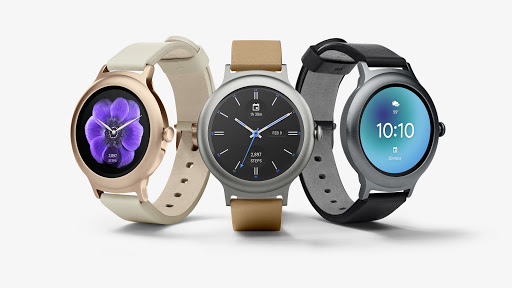 MWC is here and that implies we ought to get another flood of Android Wear gadgets over the coming weeks that entice us into going separate ways with many dollars for the respect of being appended at the wrist level to our telephones. Before we arrive, however, we needed to wrap-up our scope of the initial two Android Wear 2.0 gadgets that LG and Google acquainted with us two or three weeks back, the Watch Sport and Watch Style.
MWC is here and that implies we ought to get another flood of Android Wear gadgets over the coming weeks that entice us into going separate ways with many dollars for the respect of being appended at the wrist level to our telephones. Before we arrive, however, we needed to wrap-up our scope of the initial two Android Wear 2.0 gadgets that LG and Google acquainted with us two or three weeks back, the Watch Sport and Watch Style.
Tim has effectively posted his survey of the LG Watch Sport, so make certain to look at that. Today, this wearable tech product named the LG Watch Style is a watch that is unquestionably on the less expensive end when contrasted with the Watch Sport, however apparently similarly as essential.
To recap, the Watch Style begins at $249, highlights Android Wear 2.0, and has ordinary smartwatch specs, similar to a 1.2-inch POLED roundabout show, 512MB RAM, Snapdragon Wear 2100 processor, 240mAh battery, and tradable 18mm strap. It likewise includes a turning side catch (or crown), charges remotely on a little cushion, ought to fit pleasantly on most wrists with its 42mm case that is a little more than 10mm thick.
Tragically, at $250, this watch is feeling the loss of some really key components that may kill various you, particularly on the off chance that you officially claim a smartwatch. On one hand, it does exclude NFC, so this won’t be a watch you’ll ever have the capacity to make installments with. On the other, you won’t discover any of the availability rewards you see on the Watch Sport, similar to GPS or LTE, which implies this is a WiFi just gadget that will, for the most part, should be matched to your telephone.
These for the 4 wearable tech products of 2017 you need to watch out for!
Copyright Clarified.com. All Rights Reserved.
- Previous Mavic Pro Review: A Pocket Friendly Drone Camera
- Next iPhone 8: Latest News, Release, Tech Specs
You may also like...
Sorry - Comments are closed



